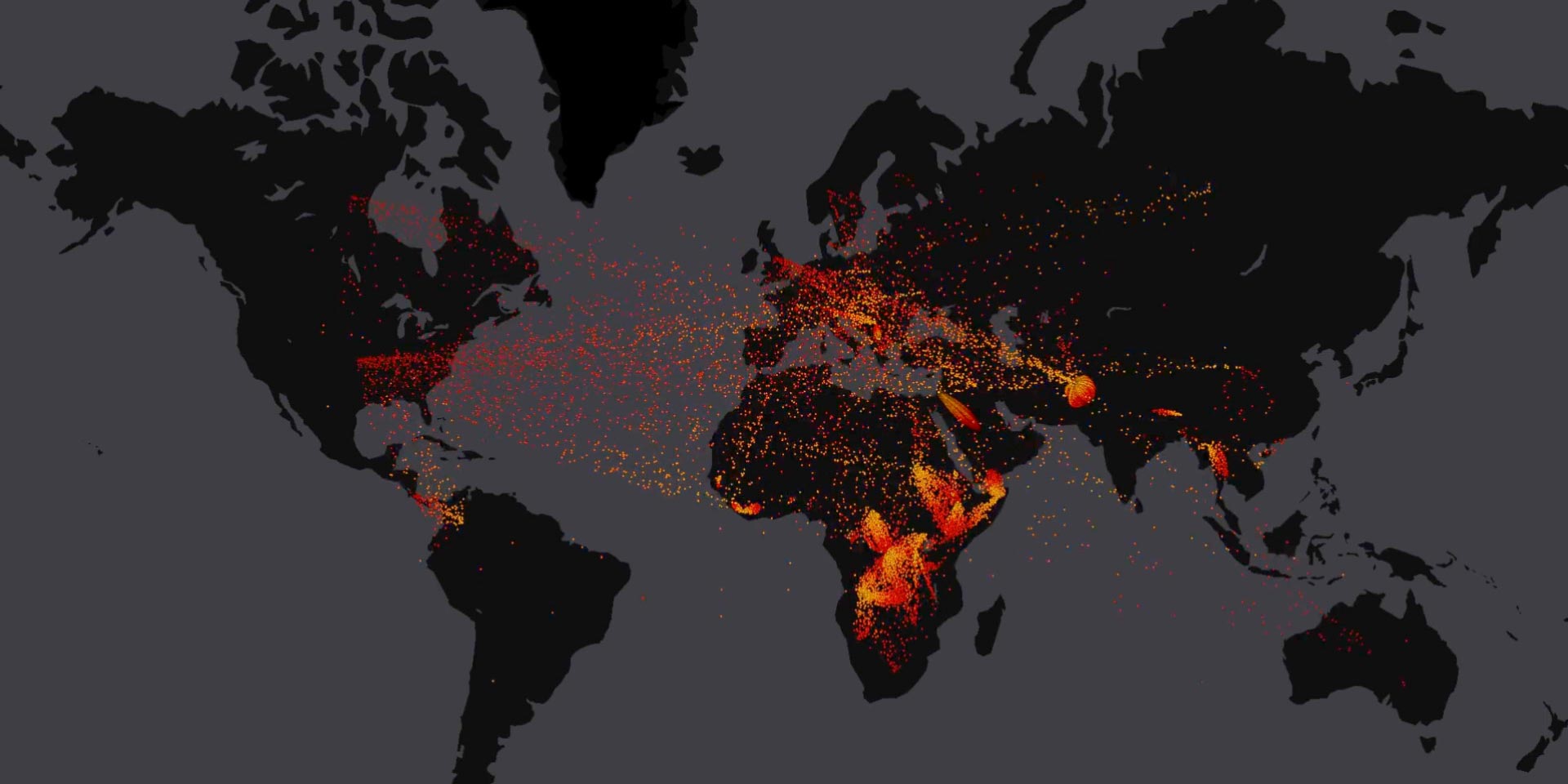Refugee Flows in the World: The Case of Syrian Refugees
While I was doing research on past population movements in Anatolia, I realized the determinant factor for the near future of this geography is still migration phenomenon due to the recent developments in the region. Because of the growing dominance of non-state actors in the Middle East and the emerging conflicts between state actors and non-state actors, which magnify migration waves towards the West, the post-migration process of Middle Eastern people will be one of the top priorities of Western countries as well as Turkey. Thus, research on the post-migration process is necessary to understand the opportunities and restrictions of immigrants to offer better solutions for cohesion/integration after migration.
Today, there are approximately 244 million immigrants, which make up around 3% of the global population. This high percentage of migration has influenced the economy and the social structure of the societies as well as health and security policies. Currently, the most significant contributor to the migration trend is the conflict in Syria which has produced one of the hardest humanitarian challenges of the 21st century until today. There are currently 13.5 million people in need of humanitarian assistance, with 4.8 million having fled their countries and 6.6 million internally displaced in Syria. With no end to the conflict in sight, these numbers only continue to rise, and this situation poses risks to neighbouring countries of Syria due to recent conflicts. For minimizing these risks, the hosting countries need to implement integration policies for Syrian refugees. Most analyses on Syrian refugees in different countries acknowledge that the majority of the refugees will stay in the country for an extended period, even if the conflict stabilizes and returning to Syria becomes a real possibility. For this reason, the countries hosting refugee populations will need to come up with policies that address long-term integration issues.
Consequently, a variety of reports has urged the governments of host countries to begin thinking about long-term integration strategies to avoid the pitfalls of the social, economic, and security implications of hosting almost 3 million refugees. Thus, this issue is not only will be one of the main issues of governments but also will be a prominent research area for academics.
